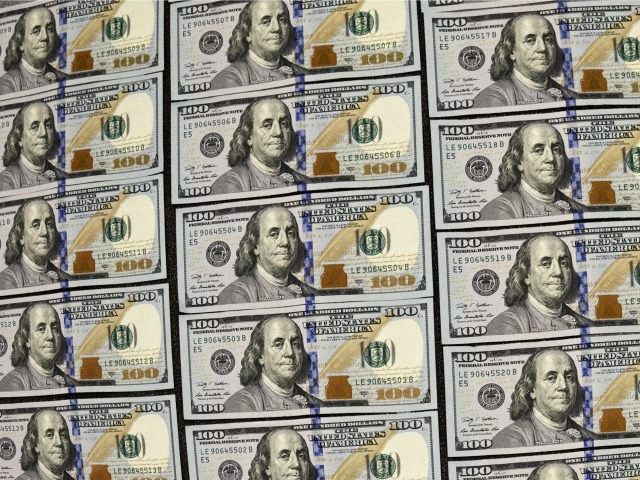Federal Reserve policymakers are meeting to consider whether to open the door to raising interest rates as early as June. Falling unemployment favors higher rates, but inflation remains well below the Fed target of 2 percent.
More importantly, other factors could persuade the Fed to be more patient about raising rates than Wall Street or Main Street expect.
- Growth Is Flagging
After finishing 2014 strongly, consumers have been cutting back.
Even with a rebound in gas prices, retail sales were down in February. More troubling, auto sales, which have led the economic recovery, fell each of the last three months.
Consequently, first quarter GDP growth will be less than 2 percent, and the stronger jobs growth of recent months will prove hard to sustain.
Forecasters do expect consumers to pick up the pace this spring, but wages have not been rising much, and Americans have grown more cautious about building up credit card debt.
- Slow Growth Abroad and a Strong dollar
Growth in Europe and Japan will be below 1.5 percent, and China continues to encounter structural difficulties, challenges implementing reforms, and slowing growth. Consequently, the European Central Bank and monetary authorities in Japan and China are printing a lot of money, and that pushes up the value of the dollar against their currencies.
Since January 2014, the exchange rate for the dollar, as measured across all U.S. trading partners, is up more than 15 percent. U.S. firms like Ford and U.S. Steel face a rising tide of lower-cost foreign products, and U.S. exporters must slash prices to keep market shares abroad.
Over the last year, the inflation adjusted value of imports was up 5.2 percent, whereas real exports increased only 2.9 percent.
Against this background, forecasts that U.S. GDP will accelerate above 3 percent this year seem a bit rosy, and the Fed takes a big risk if it starts pushing rates too soon or too quickly.
- Unemployment Remains a Problem
The headline unemployment rate, which only focuses on adults in jobs or actively seeking employment, is 5.5 percent, but the labor market still has a lot of slack.
Record numbers of adults between the ages of 25 and 54—generally beyond college age and too young to retire—are sitting on the sidelines. Were the same percentage of adults looking for work today as when President Obama took office, unemployment would be 9.7 percent.
Many college graduates who entered the labor force in the years following the financial crisis remain underemployed—working as Starbucks baristas and in similar positions that do not require the special skills higher education imparts. With stronger growth, they could move on to professional careers and free up opportunities for workers with less education.
- Inflation Is Likely to Remain Subdued
A lot has been made of the contribution of falling oil prices to low inflation, but the dominant factor keeping prices down at home and abroad is too much supply and not enough demand.
Over the last year, U.S. productivity has not advanced and outside of manufacturing, it has actually fallen. Given that advances in computer technology, software, and other innovations increase potential productivity each year, this situation tells us a lot of factories, restaurants, and the like have a lot of underutilized capacity that could accommodate more customers without adding more employees. If they got more business, they could spread overhead and employee costs over a wider base, and increase profit margins, without increasing prices.
When the Fed policy committee meets again this June, it will more likely see a U.S. economy struggling to regain the momentum, against the backdrop of slow growth abroad and a strong dollar, continuing labor market slack and low inflation.
Pressures will remain strong for the Fed to push a decision on raising rates into later this summer or fall.
Peter Morici is an economist and professor at the University of Maryland and a national columnist. He tweets @pmorici1.

COMMENTS
Please let us know if you're having issues with commenting.